
Today’s Kantar grocery market share figures won’t have improved any moods at Tesco, but it was Sainsbury’s that investors really made suffer.
The share prices of all the supermarkets were down today as the market digested the gloomy Kantar figures and Tesco’s extraordinary profit guidance restatement yesterday. This time it was Sainsbury’s leading the fallers – down 6.9% at one stage today.
The pressures on Sainsbury’s seem to pale into insignificance compared to the vast problems faced by its listed rivals Tesco and Morrisons. Sainsbury’s shares have held up best of the three so far this year, but the shares are still 27.5% down year-to-date and the latest grocery figures suggest the supermarket may be suffering more than had previously been thought.
On the surface, the Kantar figures again look most damaging for Tesco. The UK’s largest supermarket saw the biggest year-on-year drop in market share (down 1.4 percentage points to 28.8%) and three month sales (down 4.5%).
This 4.5% decline is its largest to date, but the 1.4 percentage points decline in market share is marginally lower than during the previous quarter.
Meanwhile, the performance gap between Asda and Sainsbury’s – the two of the big four thought to be coping better with the rapidly changing market – seems to be getting wider.
Asda had its sixth consecutive period of small market share gains (up 0.1 percentage points to 17.4%), while in contrast Sainsbury’s lost market share (0.3% percentage points down to 16.6%).
Bernstein analysts noted that on a two year basis, the Sainsbury’s market share figures remain in line with Asda, but that recent developments are “a worrying trend”.
Things get even more worrying when looking at Kantar’s four-week data - Sainsbury’s sales are slowing at a similar rate to Tesco (-4.2% for Sainsbury’s and -5% for Tesco) and Asda is pulling even further ahead (Asda’s market share is up 0.24 percentage points at 17.8%, while Sainsbury’s is 0.66% down to 16.12%).
Elsewhere, Bernstein said Morrisons was “showing mixed signs of life”. The supermarket’s 12 week sales decline of 1.3 percentage points represents its best three month performance since January. However, on a four week basis sales trends worsened as food sales declined 2.3% year-on-year while non-food sales declined 3.8%.
Overall, the figures shed more light on the particular problems facing Sainsbury’s and its recently installed CEO Mike Coupe.
Morrisons and Tesco have been battling falling sales all year and their respective leadership teams are firmly locked in turnaround mode – with Dalton Philips at Morrisons essentially fighting for his job and Dave Lewis just beginning to formulate his strategy to save Tesco.
Conversely, Sainsbury’s is only now beginning to feel the bite of changing market conditions. The general feeling was that Sainsbury’s was more insulated from the threat of discounters and changing shopping behaviour because of its focus on service and quality. But upmarket grocers Waitrose and M&S are still gaining market share (Waitrose’s sales grew 4.5% while M&S Food grew 2.7%), while Sainsbury’s sales are declining.
Sainsbury’s has also found itself battling falling sales just as food inflation hits its lowest point ever recorded by most measures – Kantar found food inflation of 0.0%, a sharp drop from the 3.5% of 2013 and the lowest level it has seen.
Justin King stepped down from Sainsbury’s in July after a long period of much-trumpeted growth for the supermarket group. There is growing feeling that King may have gone at an opportune moment, leaving Mike Coupe to sustain success at a time when that success is ebbing away.
Lewis has come into Tesco with a clear mandate for radical change, meaning investors are likely to be willing to accept short-term pain to steady the ship. Coupe’s directional course is much less clear.
Coupe has already driven the return of Netto to the UK (which could turn out to be an inspired way of tackling the discounters), but Sainsbury’s has been keen to frame the CEO transition as a natural evolution and “business as usual”. If it turns out that “business as usual” has led to something more significant that a slight sales blip, Coupe could find that taking over from a widely admired leader just as the brand enters a downswing is a strategically difficult place to be. Just ask Philip Clarke.



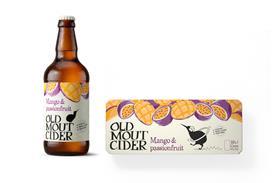



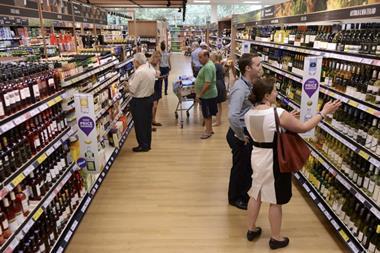

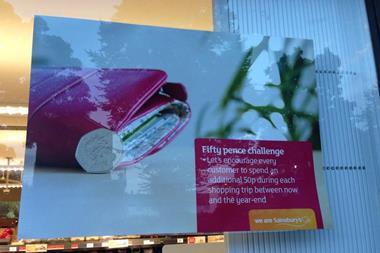

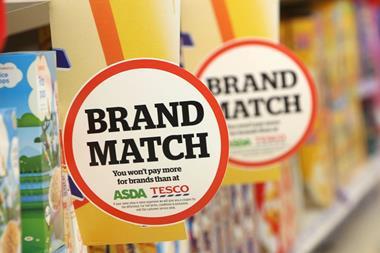
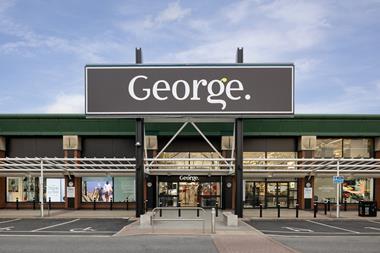
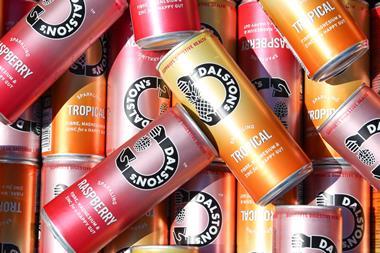

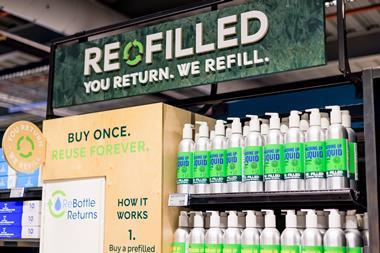


No comments yet